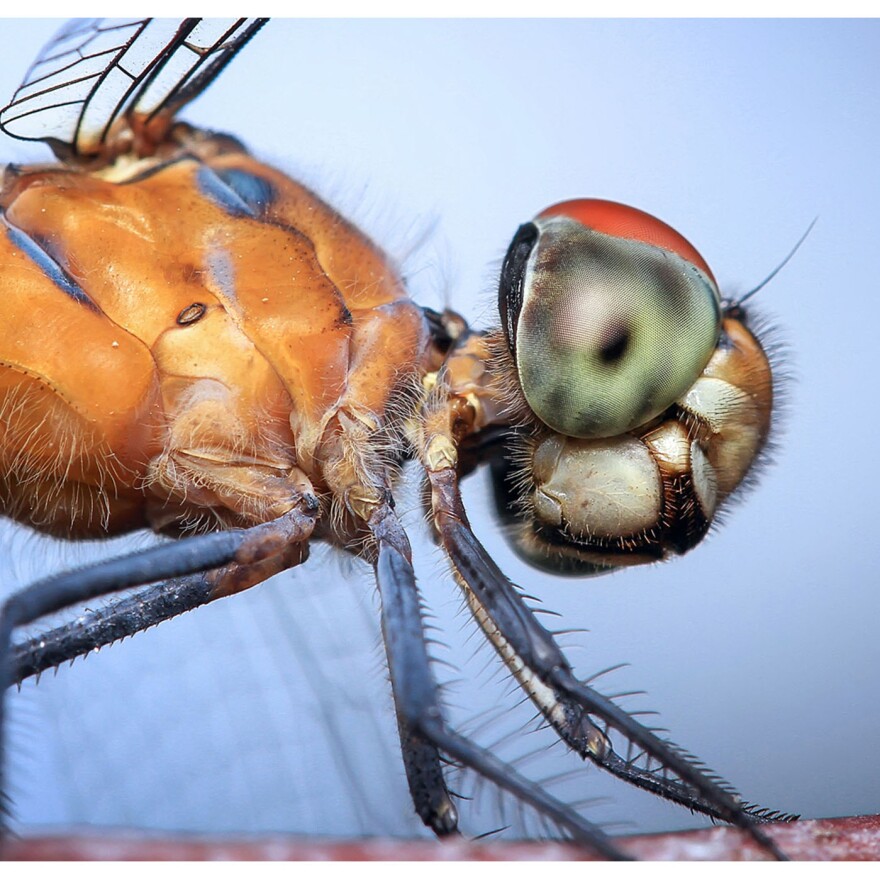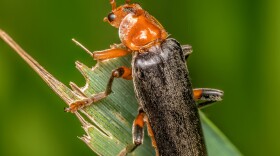Dragonfly Head-arresting System
If you listened to our old podcast on dragonflies, you already know that they are amazing.
Thanks to a combination of incredible eyesight and maneuverability, they are considered some of the best hunters in the insect world, capturing their intended prey 95% of the time.
They also hunt with speed. Some species reach more than 30 miles per hour. Capturing their prey in mid-air, many species eat their meal while in flight, using their front legs to pull down on their food while chewing.
But their speed, agility, and tendency for in-flight dining come with some worrisome risks. But it’s nothing to lose their heads over …or is it?
Dragonflies’ large heads are attached to a thin, flexible neck. It’s great for allowing them to rotate their heads to better scan for prey and to help maintain their balance during flight, but their weak necks are problematic.
When flying, especially when making sharp turns, a dragonfly can experience gravitational forces of up to 9-G’s, comparable to the G-forces experienced by fighter pilots.
And when eating on-the-fly, the force of their front legs pulling down is enough to potentially tear their own head off.
Problematic indeed. But as it turns out, these amazing insects have it covered.
Consisting of thousands of tiny hairs, dragonflies have what’s called a “head-arresting system” on the back of their head and neck that allows them to essentially lock their head in place … similar to how two pieces of Velcro stick together.
And if that’s not enough, some dragonflies have been observed tucking their front legs behind their head to further protect their neck while in flight.





